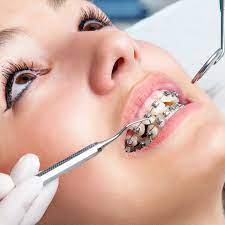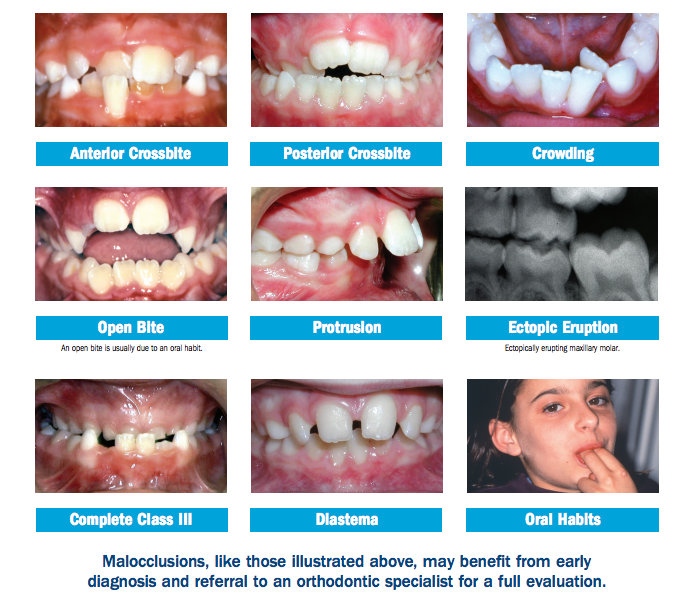Getting The Causey Orthodontics To Work
Wiki Article
The 5-Second Trick For Causey Orthodontics
Table of ContentsCausey Orthodontics for DummiesAbout Causey OrthodonticsThe 10-Minute Rule for Causey OrthodonticsThe 7-Second Trick For Causey OrthodonticsThe Single Strategy To Use For Causey Orthodontics
Neglecting occlusal partnerships, it was regular to get rid of teeth for a variety of dental issues, such as malalignment or congestion. The principle of an intact teeth was not commonly valued in those days, making bite correlations seem irrelevant. In the late 1800s, the principle of occlusion was important for developing reputable prosthetic substitute teeth.As these principles of prosthetic occlusion advanced, it came to be an indispensable device for dentistry. It was in 1890 that the work and effect of Dr. Edwards H. Angle started to be felt, with his contribution to modern-day orthodontics especially notable. Concentrated on prosthodontics, he educated in Pennsylvania and Minnesota before guiding his interest towards dental occlusion and the treatments required to maintain it as a normal condition, thus becoming understood as the "father of modern orthodontics".

The principle of optimal occlusion, as postulated by Angle and incorporated right into a classification system, enabled a shift in the direction of treating malocclusion, which is any kind of deviation from typical occlusion. Having a complete set of teeth on both arcs was very demanded in orthodontic therapy due to the need for exact partnerships in between them.
The smart Trick of Causey Orthodontics That Nobody is Talking About
As occlusion ended up being the key concern, face percentages and visual appeals were disregarded - best orthodontist. To attain optimal occlusals without utilizing external forces, Angle proposed that having perfect occlusion was the very best way to gain optimal facial looks. With the passing away of time, it came to be rather noticeable that even a phenomenal occlusion was not suitable when thought about from a visual viewpointIt came to be evident that orthodontic treatment can readjust mandibular development, bring about the development of useful jaw orthopedics in Europe and extraoral pressure procedures in the US. These days, both functional devices and extraoral gadgets are applied around the globe with the purpose of modifying development patterns and forms. Consequently, pursuing real, or a minimum of enhanced, jaw connections had come to be the major goal of treatment by the mid-20th century.
Some Known Details About Causey Orthodontics
 The American Journal of Orthodontics was produced for this purpose in 1915; before it, there were no scientific objectives to follow, nor any kind of exact classification system and braces that lacked functions. Until the mid-1970s, braces were made by covering metal around each tooth. With advancements in adhesives, it came to be feasible to instead bond metal brackets to the teeth.
The American Journal of Orthodontics was produced for this purpose in 1915; before it, there were no scientific objectives to follow, nor any kind of exact classification system and braces that lacked functions. Until the mid-1970s, braces were made by covering metal around each tooth. With advancements in adhesives, it came to be feasible to instead bond metal brackets to the teeth.This has had meaningful effects on orthodontic treatments that are administered frequently, and these are: 1. Appropriate interarchal connections 2. Right crown angulation (idea) 3.
The benefit of the style lies in its bracket and archwire mix, which calls for just very little cable bending from the orthodontist or clinician (affordable orthodontist near me). It's appropriately called after this function: the angle of the slot and density of the bracket base ultimately identify where each tooth is situated with little need for added adjustment
The 45-Second Trick For Causey Orthodontics
Both of these systems employed the same brackets for each and every tooth and required the flexing of an archwire in three aircrafts for finding teeth in their wanted settings, with these bends dictating utmost placements. When it pertains to orthodontic appliances, they are split into 2 kinds: removable and dealt with. Detachable home appliances can be tackled and off by the client as required.
Thus, mostly all modern-day fixed appliances can be taken into consideration variants on this edgewise appliance system. Early 20th-century orthodontist Edward Angle made a major payment to the world of dental care. He produced 4 unique appliance systems that have actually been utilized as the basis for numerous orthodontic therapies today, disallowing a few exemptions.
Everything about Causey Orthodontics

The cable ended in a string, and to relocate it ahead, an adjustable nut was made use of, which permitted a rise in area. By ligation, each private tooth was affixed to this large archwire (family orthodontics). Because of its limited array of movement, Angle was incapable to achieve specific tooth positioning with an E-arch
These tubes held a soldered pin, which might be repositioned at each appointment in order to relocate them in place. Dubbed the "bone-growing home appliance", this device was theorized to encourage much healthier bone growth as a result of its capacity for moving force straight to the roots. Applying it verified troublesome in truth.
Report this wiki page